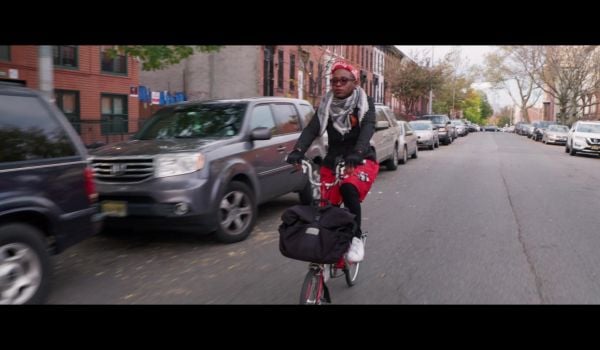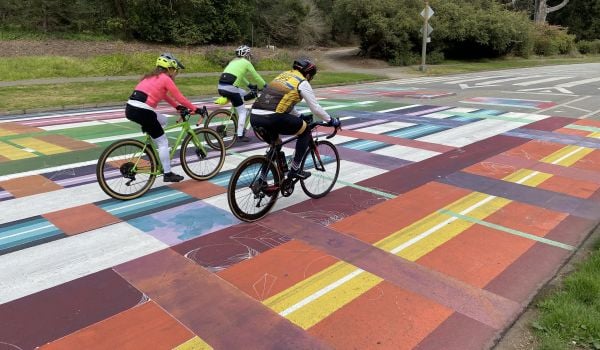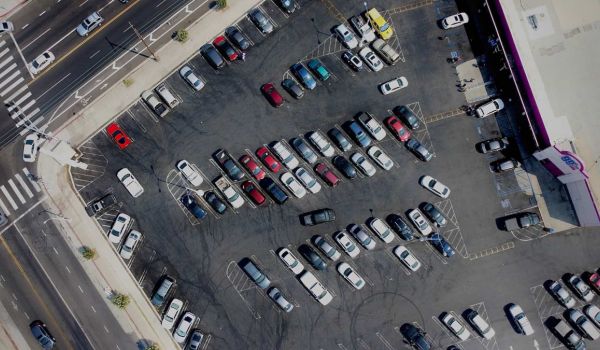Autonomous vehicles (AVs), or self-driving cars, have enormous potential and could transform the surface transportation system. By allowing drivers to become passengers, AVs could give hundreds of millions of people around the world hours of time back. If they’re safer than human drivers, AVs could save the lives of thousands of people now killed on the roads every year in the U.S. And if they’re affordable to use, AVs could expand access to people in communities far from accessible transportation — while opening up mobility to people who are now left out, from the young and old to people with physical disabilities.
But there’s no guarantee these benefits will be achieved. A botched AV deployment could result in more pedestrians exposed to traffic crashes. AV camera systems — essential to allow these vehicles to navigate the streets — could invade peoples’ privacy. And AVs, like current ride-hailing services, could offer less equitable access to mobility for people with low incomes, while producing more traffic than ever.
In other words, it’s possible that AVs could ultimately worsen the problems of our existing transportation system, increasing its detrimental environmental effects and providing better access to wealthy people even as they degrade conditions for people living in poverty.
Our new Urban Institute research explains how federal, state and local regulations can orient the rollout of AVs to maximize their benefits while minimizing their harms. But this will require concerted action by policymakers before AVs become commonplace.
Most stakeholders in the automotive industry disagree about how quickly AVs will reach the market, if ever. The pace of AV development has been painfully slow, with some industry insiders questioning whether fully autonomous cars will ever reach the streets.
But it would be foolish to discount that possibility entirely. This year, Ford and General Motors — the nation’s two largest automakers — asked the federal government to allow them to introduce a small number of cars without steering wheels and other features standard in human-driven vehicles (their requests are under review). And companies like May Mobility, Transdev and Waymo are providing “driverless” rides — with supervision — to customers in cities such as Arlington, Texas and Phoenix, Arizona.
Today’s federal motor safety rules make no provisions for truly driverless cars. Automakers must continue to build vehicles as if they’ll always have a human at the command. Even the exemptions being considered for Ford and GM are limited to a cap of just 2,500 cars per year — a pittance compared to the 15 million annual vehicle sales on the US car market.
Increasing allowances for AV testing by expanding the cap on the number of cars that can be tested is crucial to advancing the technology. But to ensure safety, this increase should be combined with new requirements for cars without human drivers.
The federal government could mandate that car manufacturers demonstrate AVs are safe before they introduce such vehicles. That means developing comprehensive tests that demonstrate that AVs can avoid crashes — particularly those involving pedestrians and cyclists—more effectively than human drivers. And they must be able to do these tests in any weather or roadway condition to which an AV might be exposed. The federal government could also introduce requirements to ensure AVs comply with the Americans with Disabilities Act and require companies operating AVs to ensure the privacy of both vehicle occupants and people around those cars. This could mean limits on data sharing, use of facial recognition technologies, and storage of video or photographs.
But state and local governments also have a key role to play in regulating driverless cars. States could establish minimum service requirements for ride-hailing providers using AVs to ensure they offer equal access to communities of color and high-poverty neighborhoods. States could also mandate anonymized data sharing about rides, as California’s Public Utilities Commission is planning to do, so that researchers and policymakers can make informed decisions about how to regulate companies in the future.
And, in order to prevent AVs from clogging the streets, local governments could consider instituting by-the-mile congestion charges that discourage people from having their AVs drive around with no human passengers to avoid paying for parking. They could also encourage shared AVs to facilitate less private car ownership and usage, enabling them to open streets to pedestrians and cyclists and create more safe public spaces.
The mass deployment of self-driving cars won’t happen for at least a decade. That gives governments time to develop effective strategies to respond to the potentially negative impacts of AVs. With the right regulations, those strategies could result in better transportation outcomes for all.

Yonah Freemark is a senior research associate in the Metropolitan Housing and Communities Policy Center at the Urban Institute, where he is the research director of the Land Use Lab at Urban. His research focuses on the intersection of land use, affordable housing, transportation, and governance.


_600_350_80_s_c1.jpg)


_on_a_Sunday_600_350_80_s_c1.jpeg)










